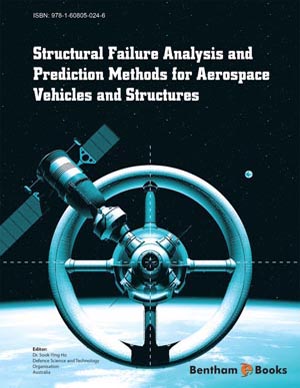Abstract
Surface treatments, such as laser peening, can increase the life of the component by generating compressive residual stresses on the surface. Laser peening of an already peened component, termed as re-peening, can further increase the fatigue life of the component. Re-peening has several applications in the aerospace industry. The huge population of ageing aircraft components is one such application, which can benefit significantly from the re-peening process. However, this process is not optimized for maximum fatigue life due to the presence of many design variables and the complex nature of the problem which requires a large number of experimental testing to reach conclusions. Therefore, a computationally efficient optimization strategy needs to be developed to conduct large-scale laser peening simulations for problems related to fatigue life, such as aircraft lug failure, a problem that requires consideration of component curvature and residual stress relaxation effects. Deciding the time to peen an already peened component (re-peening time) is another variable which makes the problem further complicated. The ultimate goal of this research is to construct the framework to predict the optimum parameters for maximum fatigue life on structural components. A two-step optimization strategy is adopted for the fatigue life optimization of an aircraft lug component. The strategy employs laser peening process parameters, residual stress relaxation, and re-peening schedule as design variables.
Keywords: Fatigue life optimization, Laser peening, Re-peening, Residual stress relaxation.


















